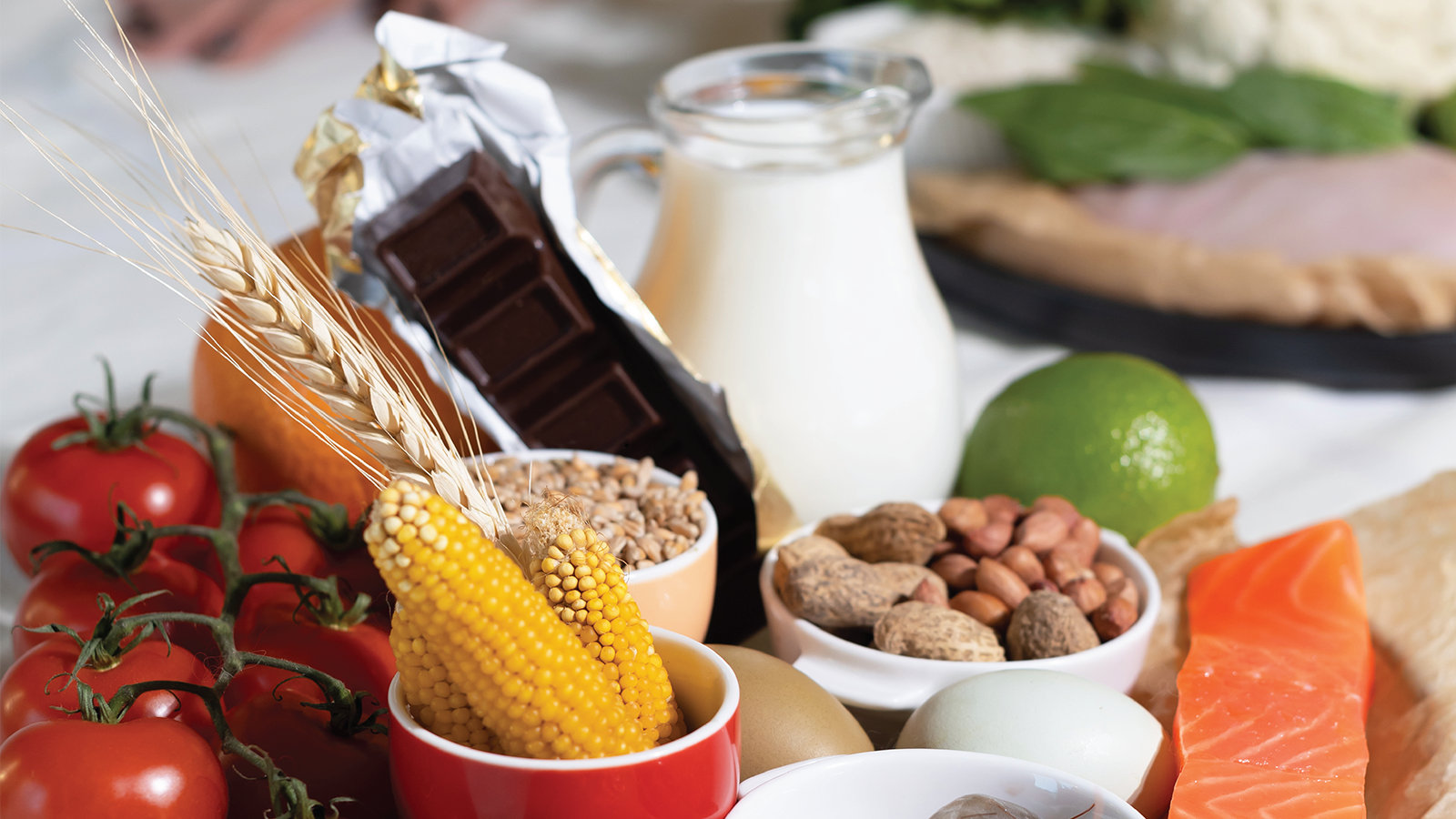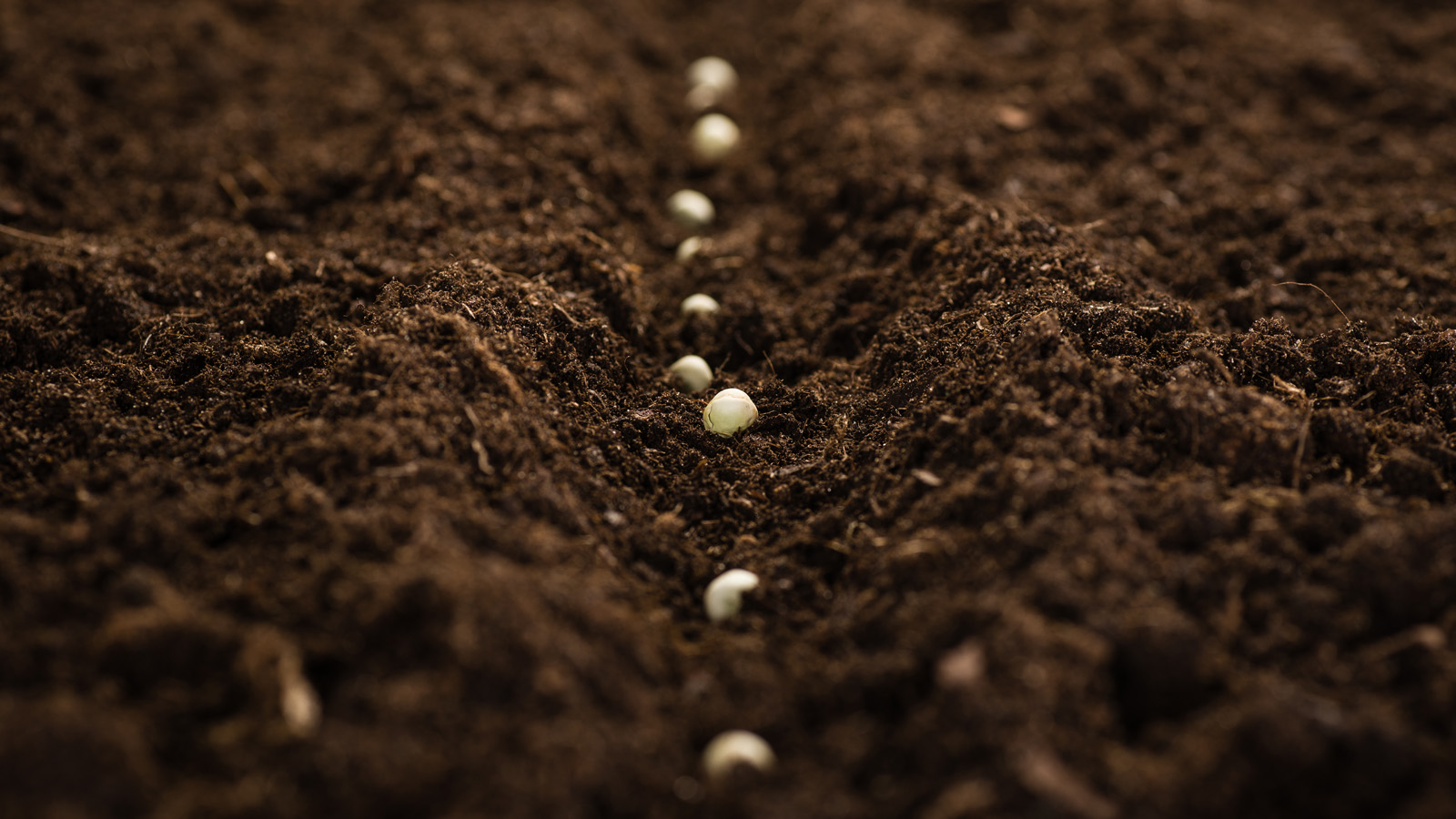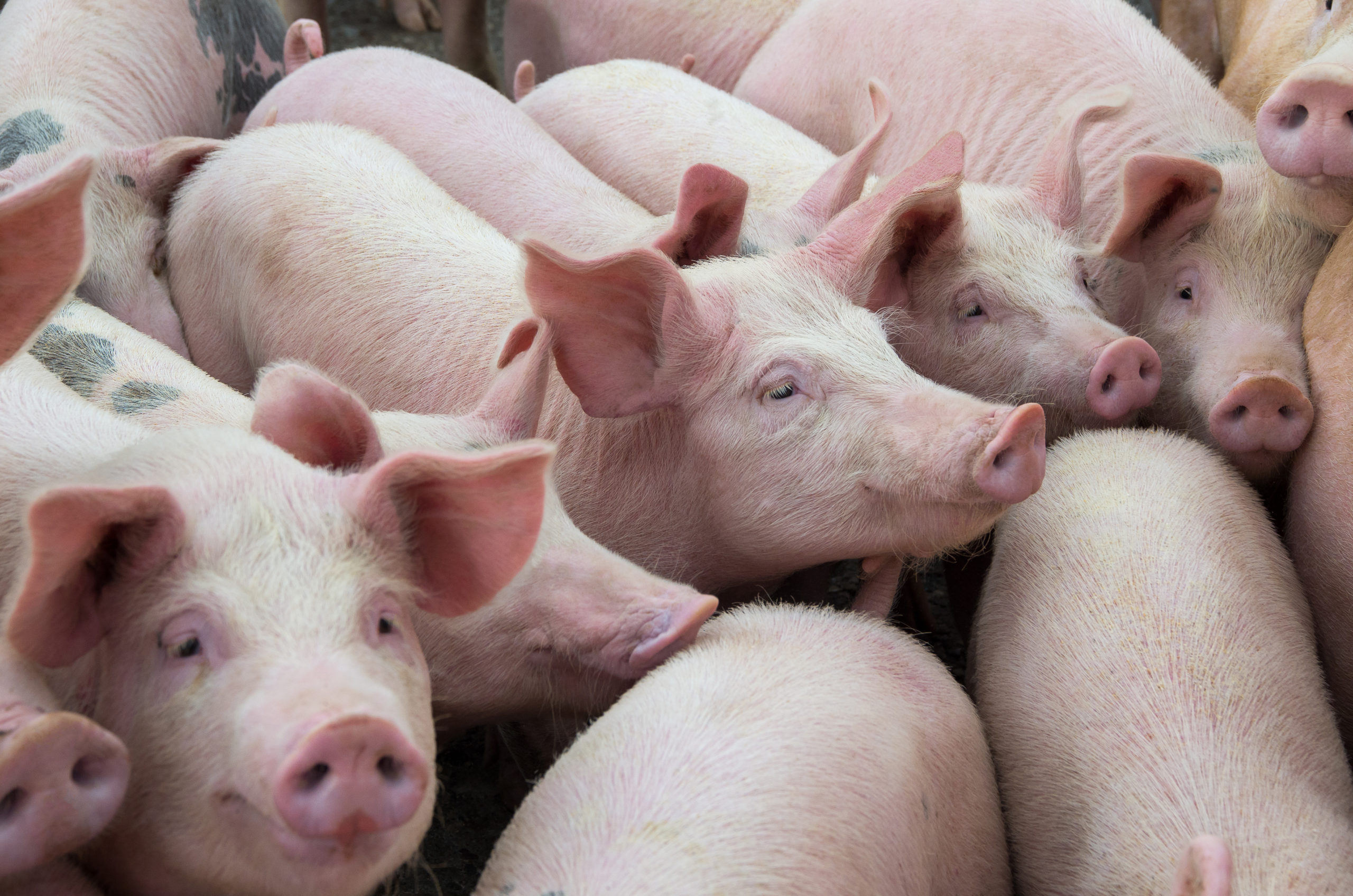GMO Facts
What is a GMO?
GMO Science
Understanding Low and High Risk
What is a GMO?
Under the Non-GMO Project Standard, a genetically modified organism (GMO) is an organism to which biotechnology has been applied. This creates combinations of plant, animal, bacteria and virus genes that do not occur in nature or through traditional crossbreeding methods.
Are GMOs safe?
In the absence of credible, independent, long-term feeding studies, the safety of GMOs is unknown.
Are GMOs labeled?
Sixty-five countries around the world, including Australia, Japan and all of the countries in the European Union, require genetically modified foods to be labeled. Canada does not require any GMO labeling.
Under the USDA's National Bioengineered Food Disclosure Standard (NBFDS), some – but not all – products containing GMOs must be labeled in the United States. In its current form, categorical exemptions prevent this law from delivering the transparency Americans deserve.
Which foods might contain GMOs?
Most packaged and processed foods contain ingredients derived from corn, soy, canola and sugar beet — and the vast majority of those crops grown in North America are genetically modified.
The Non-GMO Project also considers livestock, apiculture, and aquaculture products at high risk because genetically engineered ingredients are common in animal feed. This impacts animal-derived products such as eggs, milk, meat, honey, and seafood.
GMOs also sneak into food in the form of processed crop derivatives and inputs derived from other forms of genetic engineering, such as synthetic biology. Some examples include hydrolyzed vegetable protein, corn syrup, molasses, sucrose, textured vegetable protein, flavorings, vitamins, yeast products, flavors, proteins, sweeteners, microbes, enzymes, oils and fats.
How do GMOs affect farmers?
Because GMOs are novel life forms, biotechnology companies have been able to obtain patents to control the use and distribution of their genetically engineered seeds. Restrictive license agreements erode farmers' right to save seed. Relying on third-party corporations to provide farmers with both GMO seed and chemical inputs such as herbicide makes those farmers beholden to Big Ag, posing a serious threat to farmer sovereignty and to the national food security of any country where they are grown.
What are the impacts of GMOs on the environment?
The most common genetically modified crops grown worldwide have been engineered for herbicide tolerance.7 In the first 20 years of the GMO experiment, the use of toxic herbicides, such as Roundup (glyphosate), increased fifteenfold.8 The use of these herbicides has led to a decline in native plants, which has downstream effects on biodiversity. Additionally, the overuse of herbicides has led to the emergence of pesticide-resistant “superweeds” and “superbugs,” which can only be killed by spraying more toxic chemicals.
Most GMOs are a direct extension of chemical agriculture and are developed and sold by the world’s largest chemical companies. The long-term impacts of these GMOs are unknown. Once released into the environment, these novel organisms cannot be recalled.
What is a GMO?
Under the Non-GMO Project Standard, a genetically modified organism (GMO) is an organism to which biotechnology has been applied. This creates combinations of plant, animal, bacteria and virus genes that do not occur in nature or through traditional crossbreeding methods.
Are GMOs safe?
In the absence of credible, independent, long-term feeding studies, the safety of GMOs is unknown.
Are GMOs labeled?
Sixty-five countries around the world, including Australia, Japan and all of the countries in the European Union, require genetically modified foods to be labeled. Canada does not require any GMO labeling.
Under the USDA's National Bioengineered Food Disclosure Standard (NBFDS), some – but not all – products containing GMOs must be labeled in the United States. In its current form, categorical exemptions prevent this law from delivering the transparency Americans deserve.
Which foods might contain GMOs?
Most packaged and processed foods contain ingredients derived from corn, soy, canola and sugar beet — and the vast majority of those crops grown in North America are genetically modified.
The Non-GMO Project also considers livestock, apiculture, and aquaculture products at high risk because genetically engineered ingredients are common in animal feed. This impacts animal-derived products such as eggs, milk, meat, honey, and seafood.
GMOs also sneak into food in the form of processed crop derivatives and inputs derived from other forms of genetic engineering, such as synthetic biology. Some examples include hydrolyzed vegetable protein, corn syrup, molasses, sucrose, textured vegetable protein, flavorings, vitamins, yeast products, flavors, proteins, sweeteners, microbes, enzymes, oils and fats.
How do GMOs affect farmers?
Because GMOs are novel life forms, biotechnology companies have been able to obtain patents to control the use and distribution of their genetically engineered seeds. Restrictive license agreements erode farmers' right to save seed. Relying on third-party corporations to provide farmers with both GMO seed and chemical inputs such as herbicide makes those farmers beholden to Big Ag, posing a serious threat to farmer sovereignty and to the national food security of any country where they are grown.
What are the impacts of GMOs on the environment?
The most common genetically modified crops grown worldwide have been engineered for herbicide tolerance.7 In the first 20 years of the GMO experiment, the use of toxic herbicides, such as Roundup (glyphosate), increased fifteenfold.8 The use of these herbicides has led to a decline in native plants, which has downstream effects on biodiversity. Additionally, the overuse of herbicides has led to the emergence of pesticide-resistant “superweeds” and “superbugs,” which can only be killed by spraying more toxic chemicals.
Most GMOs are a direct extension of chemical agriculture and are developed and sold by the world’s largest chemical companies. The long-term impacts of these GMOs are unknown. Once released into the environment, these novel organisms cannot be recalled.








What is a GMO?
Under the Non-GMO Project Standard, a genetically modified organism (GMO) is an organism to which biotechnology has been applied. This creates combinations of plant, animal, bacteria and virus genes that do not occur in nature or through traditional crossbreeding methods.
Are GMOs safe?
In the absence of credible, independent, long-term feeding studies, the safety of GMOs is unknown.
Are GMOs labeled?
Sixty-five countries around the world, including Australia, Japan and all of the countries in the European Union, require genetically modified foods to be labeled. Canada does not require any GMO labeling.
Under the USDA's National Bioengineered Food Disclosure Standard (NBFDS), some – but not all – products containing GMOs must be labeled in the United States. In its current form, categorical exemptions prevent this law from delivering the transparency Americans deserve.
Which foods might contain GMOs?
Most packaged and processed foods contain ingredients derived from corn, soy, canola and sugar beet — and the vast majority of those crops grown in North America are genetically modified.
The Non-GMO Project also considers livestock, apiculture, and aquaculture products at high risk because genetically engineered ingredients are common in animal feed. This impacts animal-derived products such as eggs, milk, meat, honey, and seafood.
GMOs also sneak into food in the form of processed crop derivatives and inputs derived from other forms of genetic engineering, such as synthetic biology. Some examples include hydrolyzed vegetable protein, corn syrup, molasses, sucrose, textured vegetable protein, flavorings, vitamins, yeast products, flavors, proteins, sweeteners, microbes, enzymes, oils and fats.
How do GMOs affect farmers?
Because GMOs are novel life forms, biotechnology companies have been able to obtain patents to control the use and distribution of their genetically engineered seeds. Restrictive license agreements erode farmers' right to save seed. Relying on third-party corporations to provide farmers with both GMO seed and chemical inputs such as herbicide makes those farmers beholden to Big Ag, posing a serious threat to farmer sovereignty and to the national food security of any country where they are grown.
What are the impacts of GMOs on the environment?
The most common genetically modified crops grown worldwide have been engineered for herbicide tolerance.7 In the first 20 years of the GMO experiment, the use of toxic herbicides, such as Roundup (glyphosate), increased fifteenfold.8 The use of these herbicides has led to a decline in native plants, which has downstream effects on biodiversity. Additionally, the overuse of herbicides has led to the emergence of pesticide-resistant “superweeds” and “superbugs,” which can only be killed by spraying more toxic chemicals.
Most GMOs are a direct extension of chemical agriculture and are developed and sold by the world’s largest chemical companies. The long-term impacts of these GMOs are unknown. Once released into the environment, these novel organisms cannot be recalled.